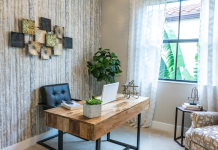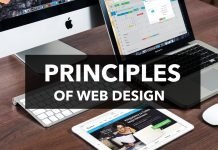The website has nowadays become a most crucial part of a business. It has proven to be immensely helpful in driving users. However, having just a website won’t do enough. There are several criteria on which a website is judged, and it’s a matter of seconds within which a user makes the opinion of the business by just looking at the design of the website.
Moreover, not just businesses require a website. These days, having a personal portfolio website has a great impact on the other person, when you go for an interview or introduce yourself to someone.
Whether the website is for a business or for a personal use, it always accounts for the credibility of that entity and has proven to be tremendously helpful in increasing engagement. It provides other people an easy medium to reach out to you, which is always a great factor in the success of a person or business, as a whole.
Furthermore, having a pre-designed theme would not distinguish you from others, your website needs to undergo the whole procedure of custom web development, to reflect your original self and your work in it.
As moving forward with the article, we will be looking at four parameters that are necessary for a custom website design that looks appealing at the same time.
1. Color Theme
Choosing the right color theme is very important. Color conveys the first message about your business or personality to the visiting user. Also, the colour-coordinated website looks more appealing and put together. There can be several factors on the basis of which the color theme of the website is decided, like the logo. The website should have the same color theme as your company’s logo.
All in all, there are four major color themes, different shades of which are used in combinations:
| Color Theme | What it depicts |
| Red | The red color theme symbolizes anger, range, strength and leadership. If you are having a business that is selling products for strength and energy, then the red color would itself convey that message to the end-users visiting the website. |
| Green | The green color depicts nature, freshness, calmness and health. Usually, the websites selling organic or edible products use green colors, so that users do not find any difficulty in recognizing their product and its significance |
| Yellow | Yellow is the brightest of all. It shows happiness and optimism. Yellow not only has a calming impact but it is also seen as joyful. It encourages individuals and is frequently connected with eating. Pure yellow is a highly powerful color that may be utilized to attract the attention of people. |
| Blue | Blue shows inspiration, sensitivity, loyalty and intuition. This color generates a feeling in the user that the website is trustworthy. Most of the payment websites have a blue color theme to develop a feeling of loyalty among their users. |
2. Typography
Typography is the text used on the website. Right and suitable text style is a very important and underestimated component of custom web development. By using a lot of text in different sections of a website, it makes the website look cumbersome. Having a consistent font type for the whole website is necessary.
Additionally, the styling of the text for a particular type of heading or paragraph needs to be followed in other parts of the website, so that any component doesn’t look different from the other.
3. UI Design
UI design is yet another and most important component of a website. UI design encompasses the layout, structure and the whole flow of the website. Designing a unique UI design needs experimentation with layout, placing text and images in such a way that they together look complete. The website, developed through a custom web development process, has a layout that fits the service you are offering and signifies the features.
4. UX Design
User experience is above all, your website looks good and feels good, but it is of no use unless it satisfies the users’ needs. All the features of the website need to be easily accessible and understandable to the end customer. A good UX design is that, which flows according to the actions of users. Let’s consider a scenario;
you have a product-based website, the most important page in it will be the checkout page. If your website has a checkout page that is very difficult to understand or the user is not getting the information that he/she wants there, then the chances of them completing the payment will be very less. The design can be improved by understanding the requirements of the user.





















